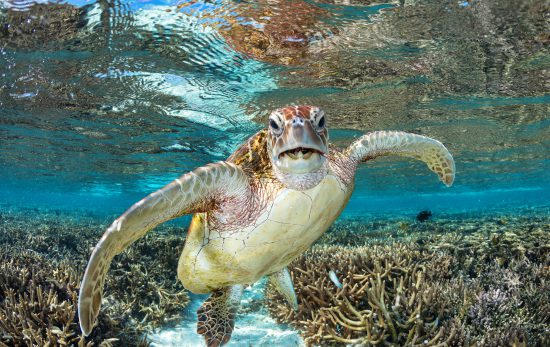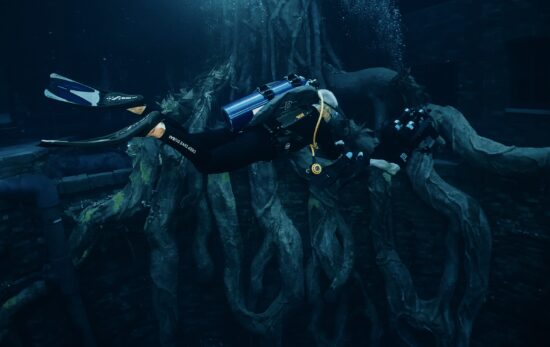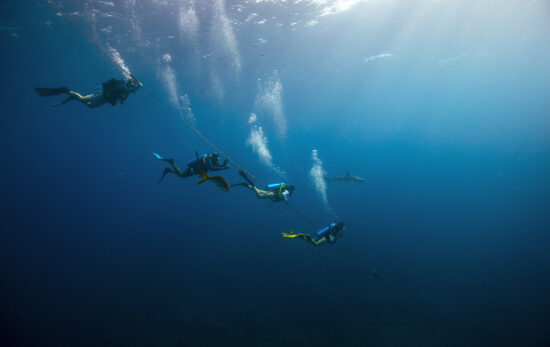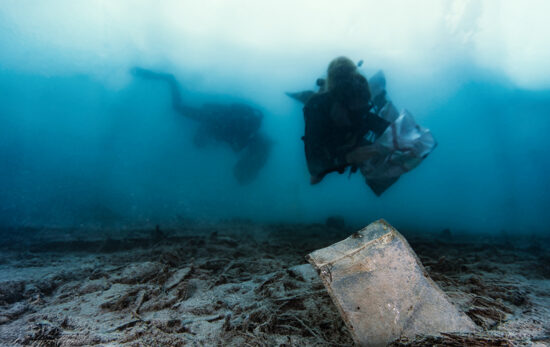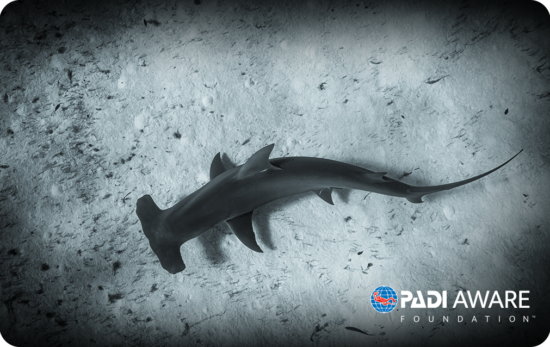There’s nothing more magical than an encounter with a gentle giant underwater. Looking into their all-knowing eyes, you’ll quickly realize you are a visitor in their world! Supporting responsible whale tourism around the world is a great way to support local conservation efforts and catch a glimpse of the ocean’s largest ambassadors.
As protected species in most of the waters of the world, often you are limited to viewing whales from afar on the deck of a boat. But if your dreams of swimming with whales run deep, then it’s possible to make those dreams come true.
In some parts of the world, it’s possible to not just view whales from the deck of a boat, but to enter the water and responsibly swim with them – often without any dive training.
From sperm whales to humpbacks, these are the places around the world where it’s possible to meet a whale underwater. Why not celebrate this World Whale Day (February 20, 2022) by planning your dream adventure now?
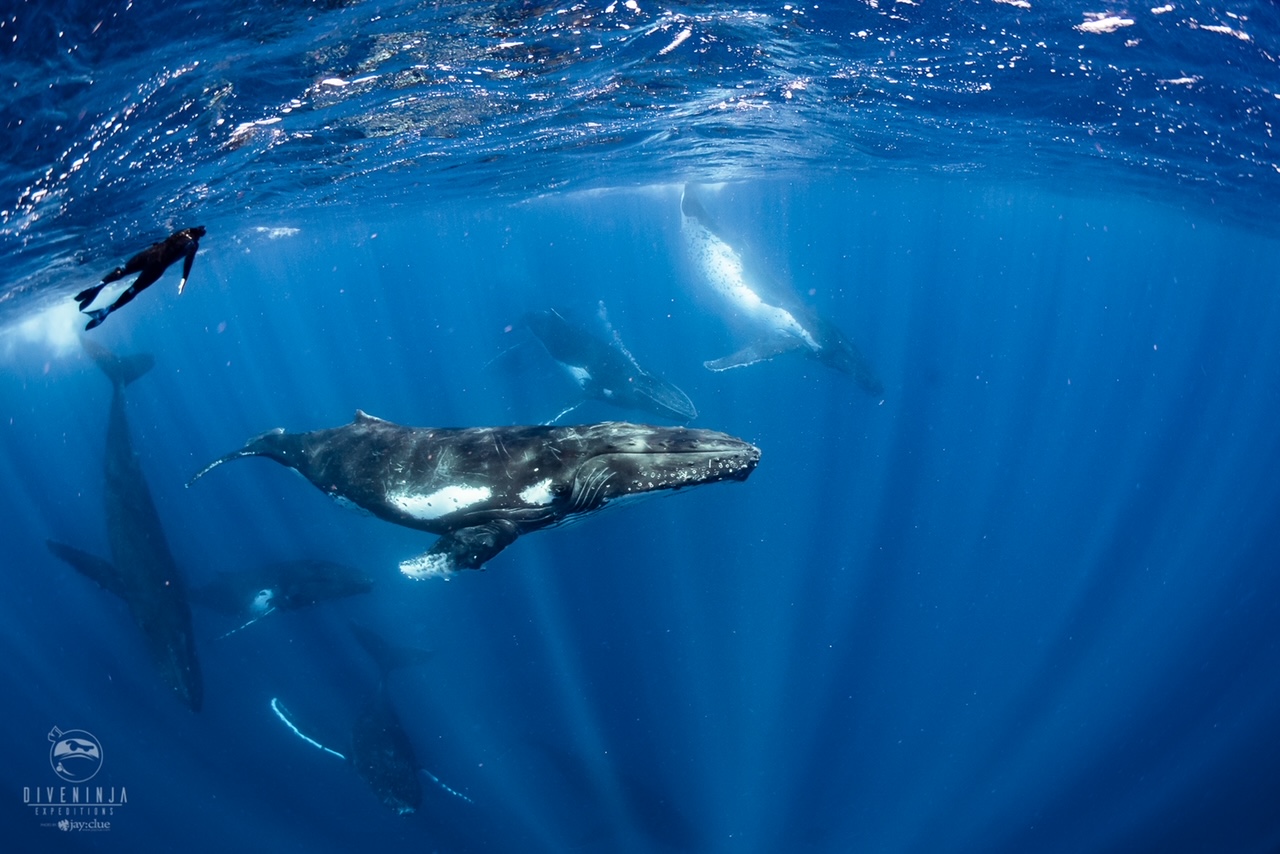
Where to Swim with Humpback Whales
Humpbacks are famous for their mesmerizing whale songs, which can be heard by other whales many thousands of miles away. Growing 50 to 60 feet (15 to 20 meters) long, they are strong swimmers that can propel themselves completely out of the water and into the air (aka “breaching”). Getting their name from the small hump in front of their dorsal fin, the underside of each whale is unique in its pattern and pigmentation. Perhaps the coolest thing about humpbacks (besides their crazy water acrobatics) is that they are known to blow bubbles in order to confuse and catch fish!
Their long migrations lead them from the poles to the Equator, allowing whale lovers to have close encounters along many diverse coastlines. While there are pretty tight regulations against swimming with humpbacks in much of the world, here are a few where it is legal through sustainable tourism operators.
1. Tonga: July – October
Every July through October, huge numbers of humpbacks travel north from Antarctica to Tonga to mate and calf. The best places to swim with the whales are the islands of Vava’u or Ha’apai. Only a handful of boat operators receive permits to go near the whales each year, and each boat can only take a small number of people, so booking your trip early is important.
2. Tahiti, French Polynesia: August – October
From August to October each year, humpbacks travel to Tahiti to birth their calves in the calm, warm waters off the island. Today, French Polynesia is a designated shark sanctuary and exclusive economic zone (EEZ) in order to protect its incredible marine life. Tahiti and Mo’orea are the main spots to swim with whales, offering both daily swim experience that also include the extra options of swimming in waterfalls and swimming with rays.
3. Western Australia: June – November
From June to November each year, approximately 40,000 whales migrate along the coastline of Ningaloo Marine Park, including Ningaloo Reef, in order to feed at the poles. Also referred to as Australia’s Coral Coast, Ningaloo is the site of a thriving coral reef which is home to other marine life including dolphins, rays, and turtles. Tours here take small groups on full day excursions to swim with the migrating whales and are designed to have little to no impact on the marine environment.
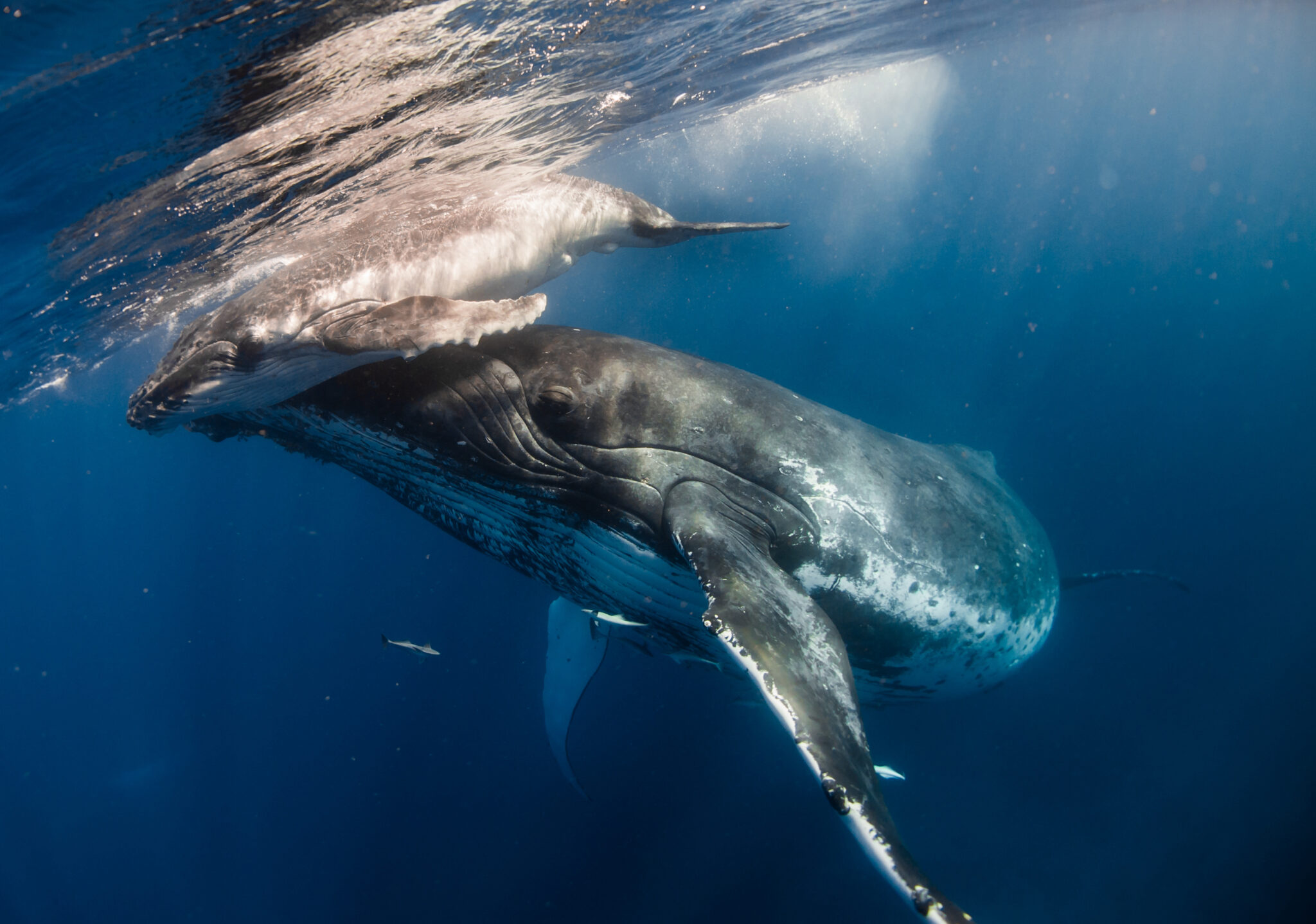
4. South Africa + Mozambique: July – October
Hundreds of humpback whales travel up the coast from Durban to Mozambique each July through October to mate and calf in the Indian Ocean. The coastal town of Tofo, which is also known for its population of whale sharks, is a great home base, where you can both snorkel and dive with the whales, as well as the countless other marine creatures that call the area home. Or you can catch them off the coast of South Africa during the infamous and epic sardine run.
5. Dominican Republic: January – April
The Dominican Republic’s Silver Bank is in a 650-square-mile marine sanctuary (now expanded as part of the “Sanctuary for the Marine Mammals of the Dominican Republic”) located about 50 miles north of the island. A large population of North Atlantic humpbacks gather here each winter and spring to mate and calf from the months of January through April. Take a week-long yacht trip to Silver Bank for the chance to to swim with the whales every day during the trip.
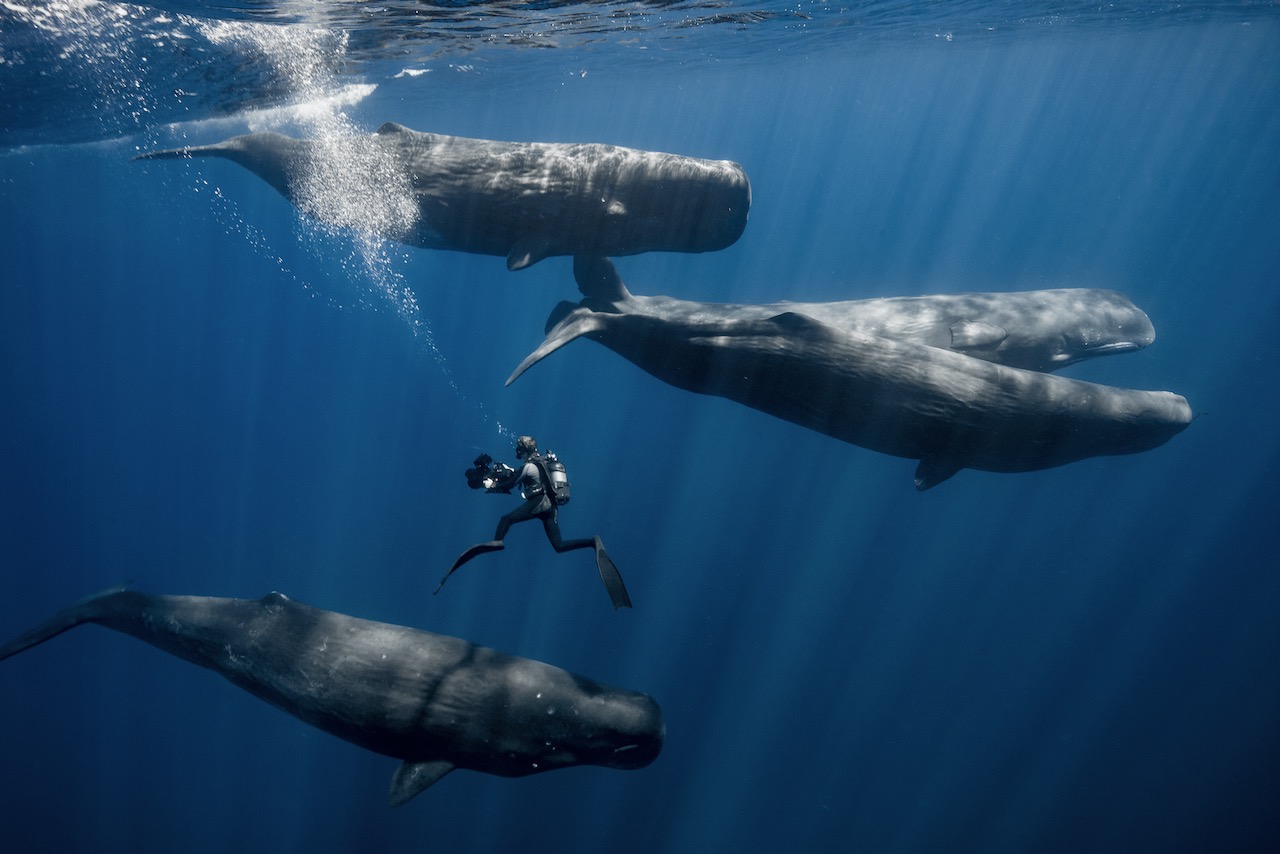
Where to Swim with Sperm Whales
Sperm whales are the largest of the toothed whales, as they can grow to be nearly 60 feet (18 meters) long, and are recognizable by their huge, rounded foreheads. They can dive down more than 3,000 feet (915 meters – deeper than nearly all other whales) and hold their breath for 90 minutes, which helps them in their quest to eat giant squid and 2,000 pounds (900kg) of fish per day. Female whales and their calves travel in groups of 15 to 20, while male sperm whales usually travel on their own. They are the loudest animals on the planet, as the clicking sounds they make reach such an intense frequency (more than 200 dB) that the whales can hear each other’s clicks from thousands of miles away. (To a human, sounds over 110 dB can be painful, so sperm whale sounds could blow out your eardrums.) They’re not just loud, though, but also highly intelligent. A sperm whale’s brain is approximately six times the size of a human brain, making it the largest brain of any animal on Earth!
Given that they dive down so deep and can be shy, the best way to swim with them is to find a group of ‘standing’ sperm whales, which is how they sleep. Through and through, sperm whales are gentle giants who sometimes even take interest in interacting with humans.
1. Dominica: November – March
In the winter, females and their calves can be spotted off the shores of this Caribbean island nation, which is located halfway between the islands of Guadeloupe and Martinique. Swimming with these whales requires some pre-planning: permits are required, only snorkeling is allowed, and you must be accompanied by a licensed operator.
2. Sri Lanka: February – April
Off the northern coast of Sri Lanka, sperm whales can be spotted from February to April. Tour operators need to obtain a permit from the Sri Lankan government, with the majority of tours organized as a whale watching tours. But, there are a few that focus on actually swimming with these mystical creatures.
Sri Lanka is also one of the only countries in the world where you can swim with the biggest mammal in the world, the blue whale. They aren’t particularly interactive, so your best bet is to jump in the water as it passes by, like a freight train, underneath you.
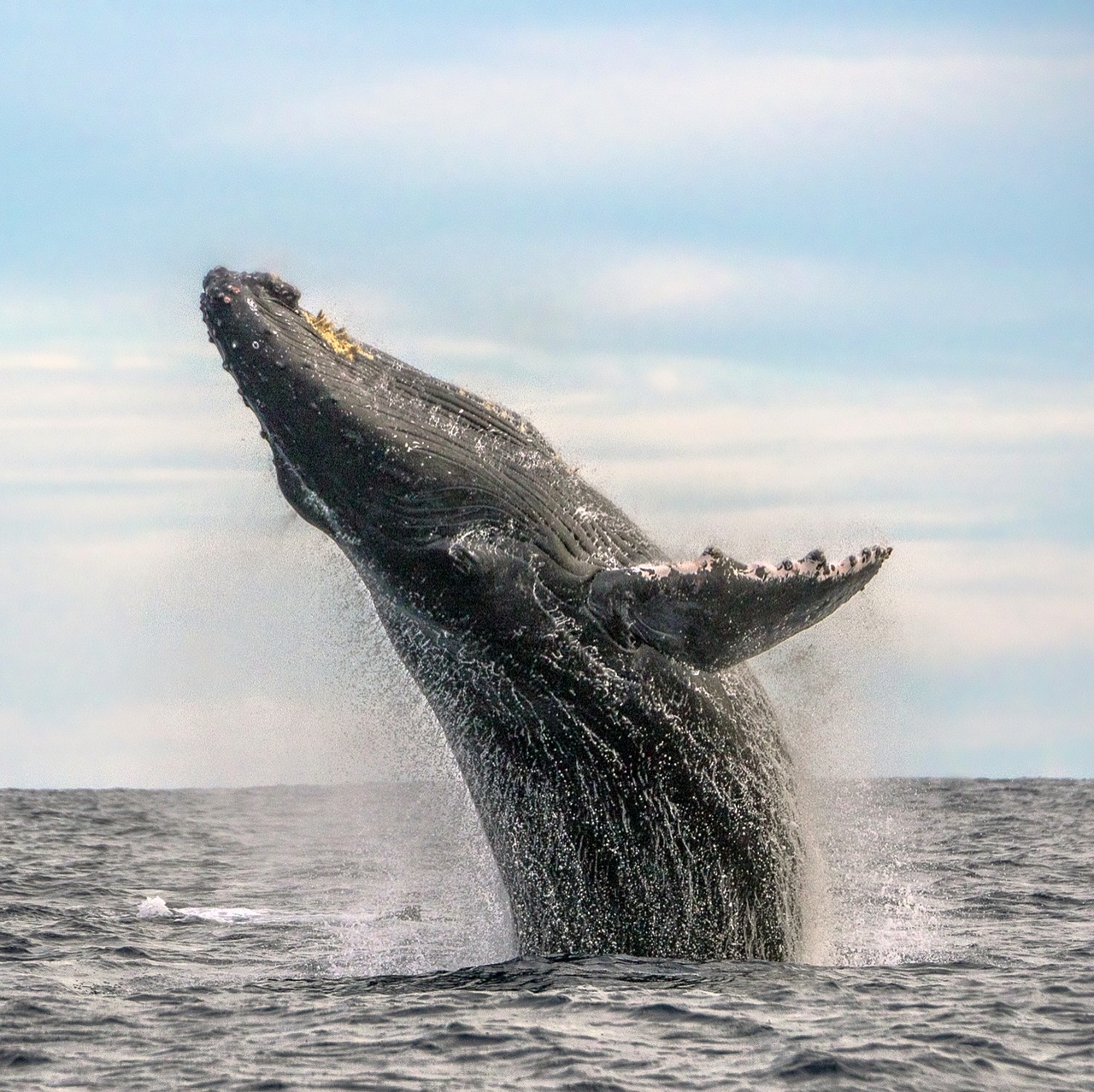
6 Ways You Can Help Save the Whales
Thanks to the brutal practice of whaling over the last century, whales are still recovering from plummeting populations: nearly three million whales were killed. Today, whales (and their dolphin cousins) face constant threats from entanglements in fishing gear, ship strikes, noise, pollution and habitat loss. Further, plastic particles outnumber plankton in many of their key feeding grounds.
Researchers from Harvard University have determined that whales’ feeding habits actually “fertilize” phytoplankton, which in turn provides half the world’s oxygen, scientific evidence that firmly links healthy whale populations to the fight against climate change.
Whether you love whales, or not – it’s critical to protect them. Healthy whale populations play a vital role in our world’s largest and most important ecosystem – an ecosystem that provides more oxygen than all the rainforests combined is our best defence against rising CO2 levels and provides more than ⅕ of the world’s population with food.
By protecting whales and their habitats, we are protecting… ourselves. So here’s a few easy tips on how you can take action.
1. Go Plastic Free
At least 8 million tons of plastic end up in our oceans every year and more than 250 million tons of plastic are estimated to cloud our waters by 2025. It’s difficult to wrap our heads around how much plastic that really is and even harder to stomach (pun intended) how much of this debris ends up ingested by whales and other marine creatures, usually resulting in death-by-starvation. Plastic pollution is one of biggest threats to all whales and dolphins worldwide.
2. Clean Up Your Act
According to the United Nations Environment Program, 8 million pieces of marine debris enter the ocean every single day. This equates to 6.4 million tons of trash each year. The majority of marine litter enters the ocean from land. So recycle whatever you can, pick up trash you find and avoid letting balloons go.
Why not take a few hours out on a Saturday to plan a local beach clean up. Disposing of your trash responsibly and picking up other trash near waterways is a simple and effective way to help protect whales and dolphins.
3. Become a Diver; Then Dive with a Purpose
Becoming a scuba diver opens up a whole new world to you – and connects you to a global community of passionate ocean advocates. Not only can you actually enter the whale’s home and maybe – just maybe if you are lucky enough – come eye to eye with one, but you’ll also be able to take meaningful action to save them.
After you receive your Open Water Diver certificate, you can support local communities in their protection areas through dive tourism, engage in citizen science efforts to restore the whales’ homes (like planting corals), get a “Whale Warrior” distinctive specialty or even participate in a Dive Against Debris and submit a survey every time you dive. For almost three decades, divers have been partners in the fight against marine debris.
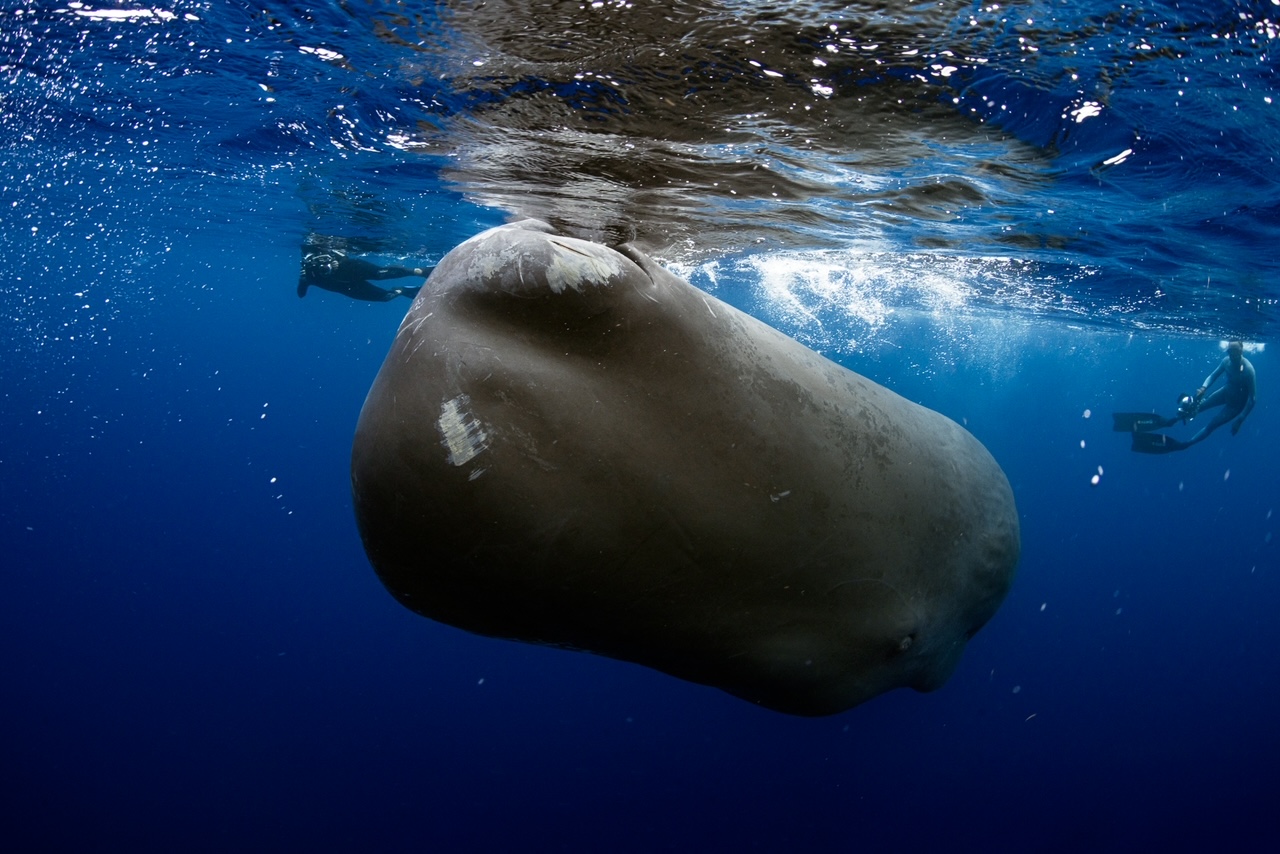
4. Support Responsible Whale Tourism
When we see something, we care about it more. So whether you book a whale watching tour, a swim with the whales journey, or encounter them during a dive trip in whale hot spots, your passion for protecting them and educating others to do the same will increase ten-fold! Your first whale encounter will make you a whale advocate for life – and you can do so with PADI Centers all over the world. This also ensures that whales are protected around the world – thanks to the tourism impact upon local economies.
5. Use Your Words, Your Wallet and/or Your Time to Make a Difference
Making a difference can be as simple as your signature – ensuring local legislation protects endangered marine life and their homes. Many conservation groups rely on your help to advocate for their protection. Sign petitions or write letters to elected officials to increase protections for whales and dolphins. And if you have more time, consider volunteering. Finally, if you can afford it, support an organization you trust by donating or even adopting a whale of your own.
6. Be a Spokesperson with Whale Gear: Proceeds Protect the Whales
You can score amazing gear that celebrates and also supports whale conservation. Start meaningful conversations, shop sustainably and donate to their protection – all at once. Check out our Whale Collection – with proceeds going directly towards helping to save the whales.
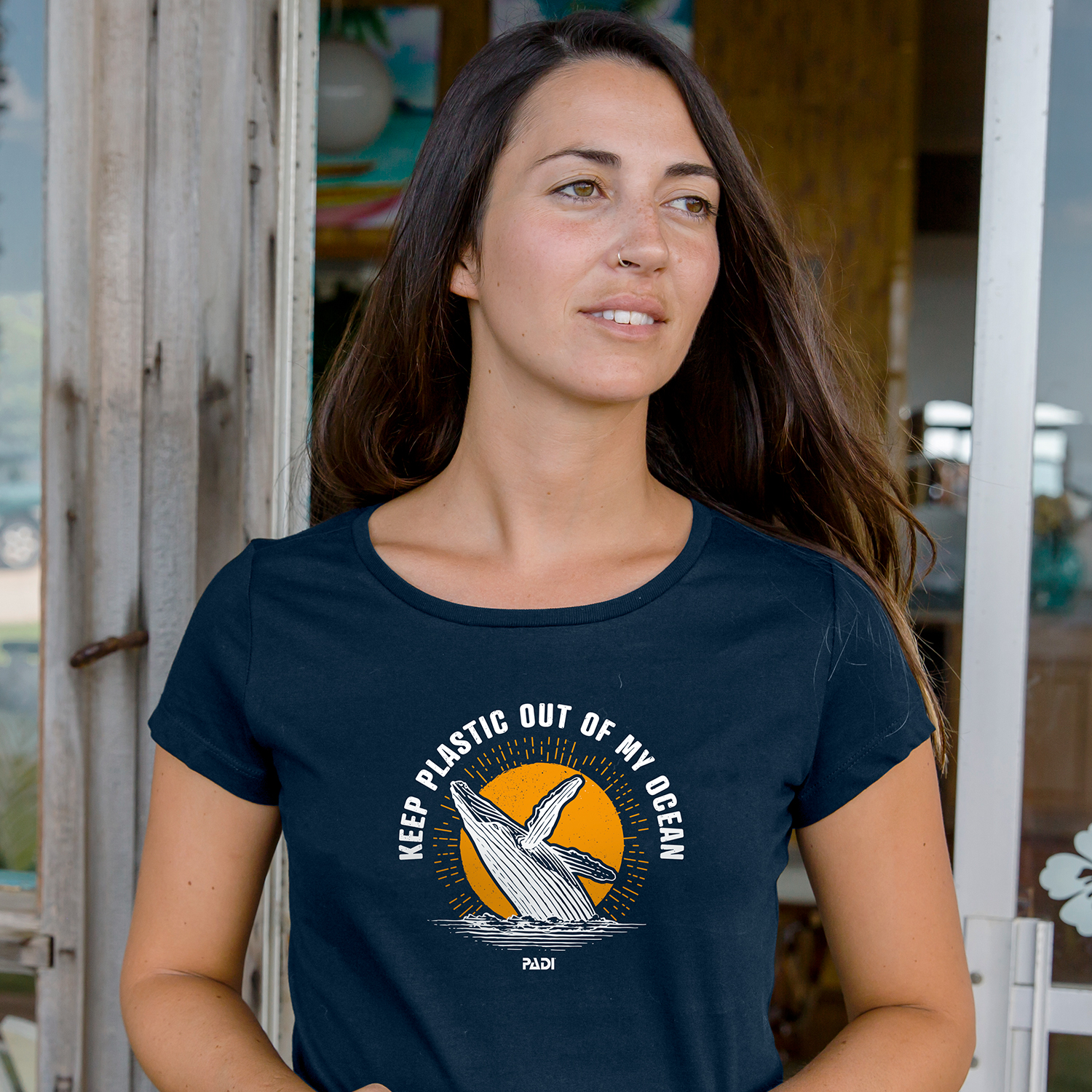
1. Charity Breaching Whale Tees and Totes
Save the whales with our limited edition charity tees and totes. This limited edition design was created to celebrate our filter-feeding friends. 20% of the proceeds from this charitee donates to PADI AWARE’s campaigns to keep the seas plastic-free and these majestic creatures healthy.
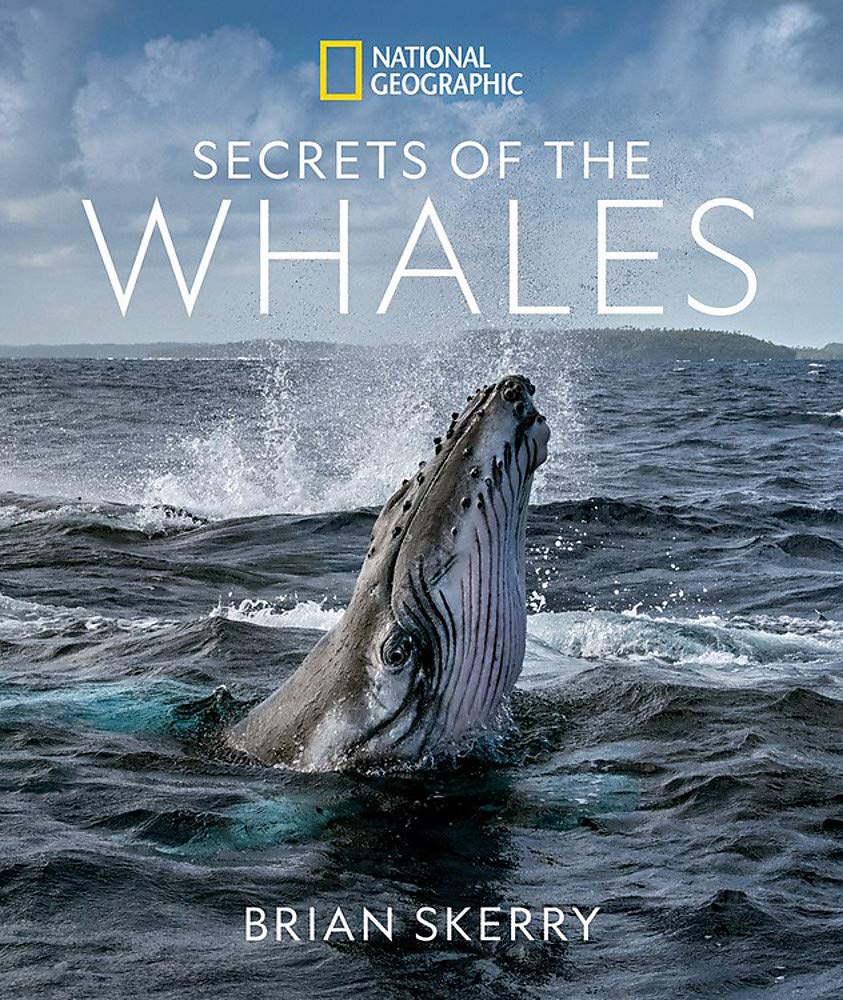
2. Secrets of the Whales, Signed By Author Brian Skerry
Get your exclusive, signed copy of Secrets of the Whale by award winning photographer Brian Skerry. This visually stunning book of whale photography offers bold new insight into the lives of the world’s largest mammals from their complex societies and amazing abilities to learn to their specialized feeding and parenting technique–and demonstrates how these majestic creatures can teach us about ourselves and our planet. What’s more, part of the proceeds fund their Pristine Seas initiative, a mission to protect the world’s largest and most important ecosystem.

3. Whale Ring – Sterling Silver
Wear this unisex, adjustable ring as a daily reminder of the important role we all play in protecting their – and our – shared futures. 15% of profits from every Whale Ring are donated directly to the Center for Coastal Studies in Provincetown, to support their efforts in protecting whales.

4.Whale Tail Beeswax Reusable Food Wrap
We love these zero-waste food wraps made with organic, sustainable materials in Hawaii featuring whales. Long-lasting and eco-friendly, they come in a set of three – small, medium and large. Use them in place of plastic wrap and keep our seas plastic-free. One three pack will replace 5 rolls of plastic wrap per year.
Ready to dive in and help us save the whales? Check out these articles to continue your education.
- Humpback Whales – The World’s Best Places for Whale Watching and Swimming
- Gray Whales – The World’s Best Places for Whale Watching and Swimming
- Blue Whales – The World’s Best Places for Whale Watching and Swimming
- Sperm Whales – The World’s Best Places for Whale Watching and Swimming
- Minke Whales – The World’s Best Places for Whale Watching and Swimming
- Save The Whales, Save The World

